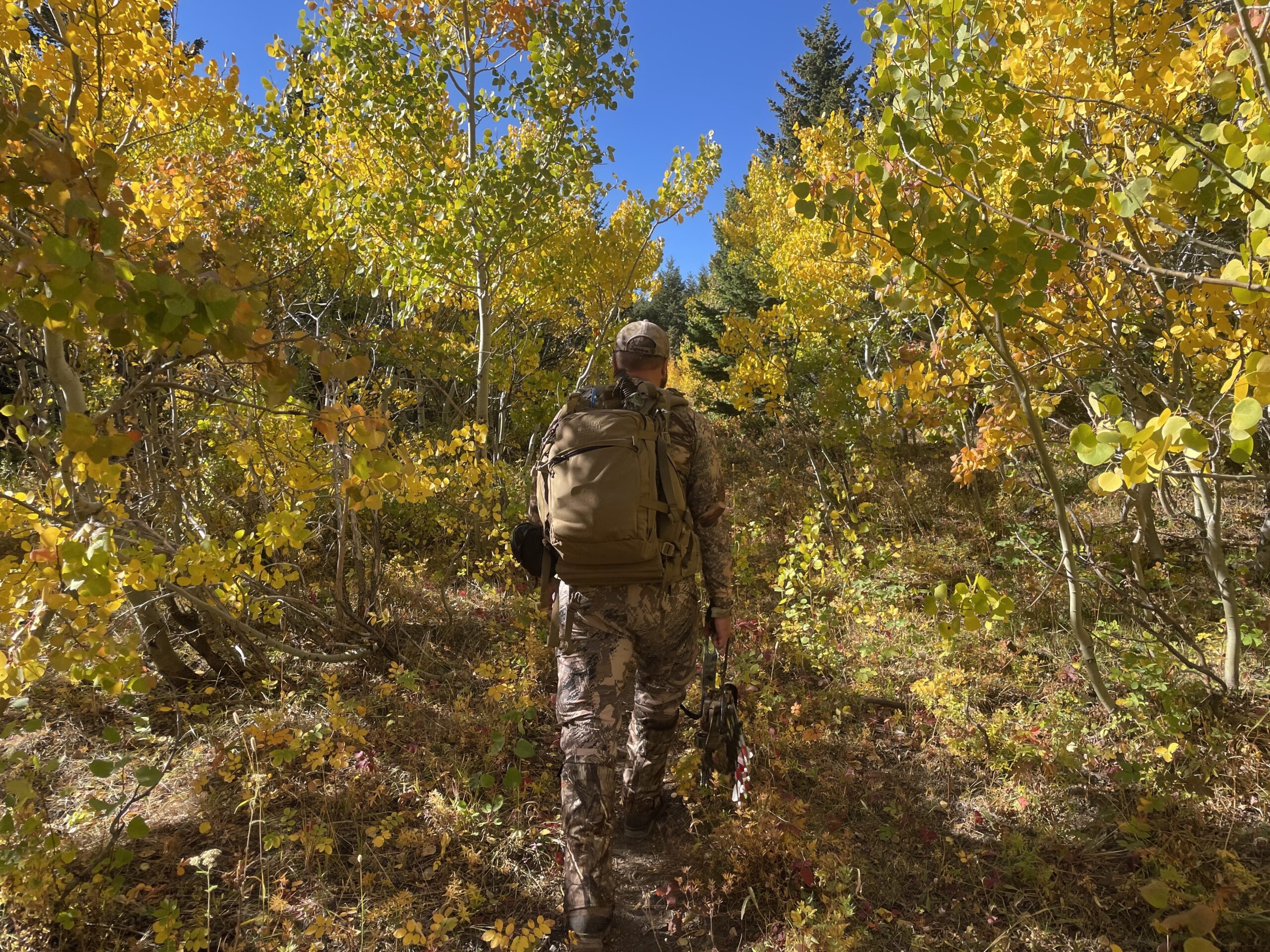By Tom Kuglin
Bugle Hunting & Outdoor Lifestyle Editor
I’ll admit I’m one of those hunters that gets nervous about change.
Maybe I’ve just reached a point in my hunting life where I’m getting set in my ways. It’s not that I don’t like to learn or check out the latest and greatest hunting gear, but it’s probably easier to get tickets to watch Iowa’s Caitlin Clark play basketball than for a new piece of gear to actually make it into my hunting pack. And the districts I like to hunt every fall? Well, I’d like to think I have a pretty decent understanding of what the elk like to do and when, and any perceived disruption to that is undoubtably met with kneejerk skepticism.
So you can probably imagine how it went over when I read recently about proposed regulation changes in one of my favorite areas to hunt here in my home state of Montana. The area’s biologist recommended our wildlife commission adopt several regulation changes aimed at killing more cows, including steps that would surely encourage more hunters to choose “my” district over others.
After an initial “well why would they want to do that” quip at Montana’s wildlife managers, I did spend the time necessary to understand their rationale. I spoke with other hunters I know that frequent the area to get their opinions. I tried to put myself in the shoes of landowners, many of whom I’ve met, seeing pressure from wildlife. In the end, though, I still did not agree with all the proposals and had some different ideas for others.
Fortunately, as a hunter and conservationist, I did not have to sit idly by. The public comment period was open and the commissioners scheduled to vote on the changes would, by state law, consider input from the public before rendering a decision. I believed my ideas and concerns, based on years hunting the district, valid and important for the commissioners to know. I found the comment portal on the Montana Fish, Wildlife & Parks’ website, wrote down my thoughts and fired them off.
Every year state and federal wildlife and land managers make decisions ranging from minor to major that affect habitat, hunting and access. While those managers often face hard choices with competing values, the importance of becoming involved, remaining vigilant and sharing thoughtful and respectful opinions is paramount to the success of the systems we’ve set in place.
The systems may not be perfect and hunters should always demand transparency in how and why decisions are made. Getting involved is the best way to ensure accountability and potentially even set the table for future changes. Often a seed planted blossoms not in a particular regulation cycle, but down the road after seeing how enacted regulations are working.
It does take time—a commodity more scarce it seems in today’s society—to keep up with nuts-and-bolts decisions by agencies and commissions. It takes even more time to comment online, and yet more time to show up in person to testify. I can tell you that when it comes to something as important as wildlife and our hunting heritage, it is time well spent.
I won’t pretend that the commissioners made wholesale changes to the proposals based on my comments. Save one change, the regulations went into effect as proposed and I’ve spent quite a bit of time this winter strategizing with hunting partners on how to find elk in the face of more hunting pressure.
But I still feel it important that my viewpoint was heard and appreciate the fact that our system not only encourages but guarantees the voice of the public in decision making. I also realize that while changes I perhaps did not agree with went into effect this time, that does not mean that next time I won’t wholeheartedly support new regulations based on my experiences in the field. If I do, I plan to let the commissioners and biologists know that as well.
